Gandantegchenling Monastery to perform chants for 15 days
Video | NewsFollowing its Tsagaan Sar traditions, Gandantegchenling Monastery, central institute of Mongolian Buddhism will perform a chant called ‘Tseder Lhamo’ which is a praise to the Protectress Palden Lhamo on Bituun, Buddhist blessings from the first day of lunar new year until the 15th day, and torma (balin in Mongolian) blessing ritual.
J.Odgarig, Head of Press Division of the Gandantegchenling Monastery explained the meaning of the Praise to the Protectress Palden Lhamo for us.
- ‘Tseder Lhamo’ chant is performed on Bituun day every year, and it’s an offering to Palden Lhamo. ‘Tseder’ means new year offering in Tibetan. In other words, it can be understood as an oblation of the Buddhist followers in appreciation of the deity’s commitment for their well-being.
In the evening of Bituun, New Year’s Eve, Mongolians prepare their festival feast, place a white stone and ice on the right side of the door lintel to invite good deities in and barb on the left side to bar malevolent deities. Mongolians have believed in an eastern tale about Palden Lhamo, one of the 1000 deities of Buddhism, encircling the earth on her yellow mule and visiting every home on Bituun evening, and the above ritual corresponds to this belief. The ice on the lintel is intended for Palden Lhamo’s mule to drink.
- According to Buddhist teachings, every being can achieve enlightenment, there are many gods who have found enlightenment from unimaginable time to this day, and this process will continue. It is believed that existence will find peace when every living on earth reaches enlightenment. There’s a concept of Bodhisattva vow in Buddhism when Buddhist practitioners take a vow to attain complete enlightenment for the sake of all beings. Palden Lhamo deity who is believed to visit every home on Bituun is a Bodhisattva who has taken the vow. To fulfill her promise to protect sentient beings, she visits each home, and converts poison into remedy.
Spring festival is widely celebrated in the east, and Mongolians’ spring festival Tsagaan Sar is a symbolic festival with national and religious significance. Therefore it is rich in religious rituals which include mur gargah (leaving a new footmark) and blessing for the whole year which leads to many people destine to Gandan and other monasteries for monks to perform different chants. Thus, we sought to know which chants the monks of Gandantegchenling Monastery perform for Tsagaan Sar.
- Gandantegchenling Monastery has maintained the rituals for Buddhist ceremonies set by generations of Mongolian Bogd lamas until today. In particular, the first Bogd, Undur Gegeen Zanabazar, and the 4th and the 8th Bogds determined and taught the reflection of Buddhist customs and principles in chanting ceremonies. As an initiation to Tsagaan Sar, we perform ‘Old mantra’ for three days, ‘Torma blessing ritual’ for one day and ‘Hajidyn Chogo’ for one day. On Bituun, we perform the chants to praise Palden Lhamo. On the first day of Tsagaan Sar, we perform blessings of Buddha, inducing a prosperous year for everyone.
This year, the first day of Tsagaan Sar falls on February 27. Though there are many times when Mongolia’s Tsagaan Sar coincides with the spring festivals of other eastern nations like China, Japan and Korea, Mongolia’s Tugsbuyant calendar system indicated a different date this year.

 Ulaanbaatar
Ulaanbaatar







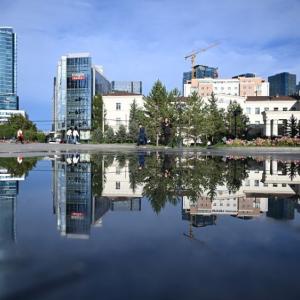






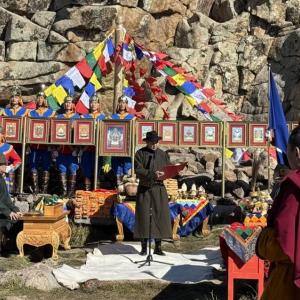







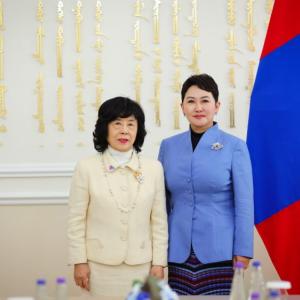








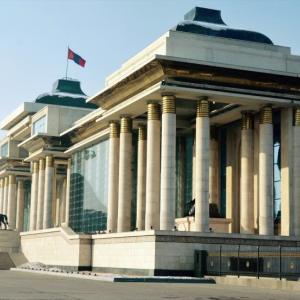



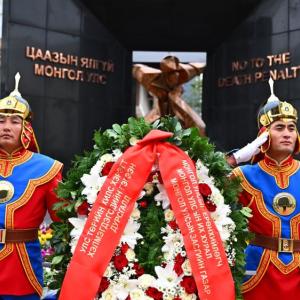










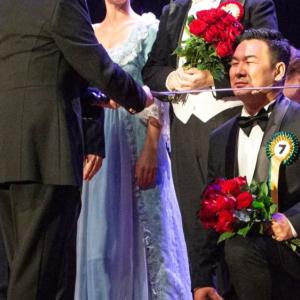

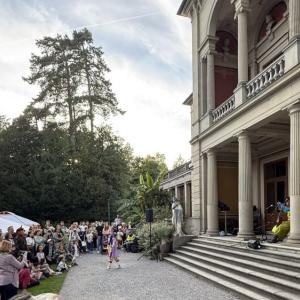




















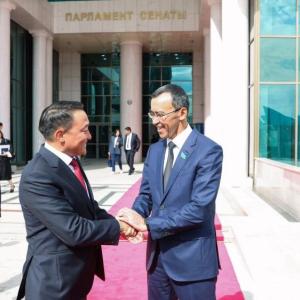






Comments